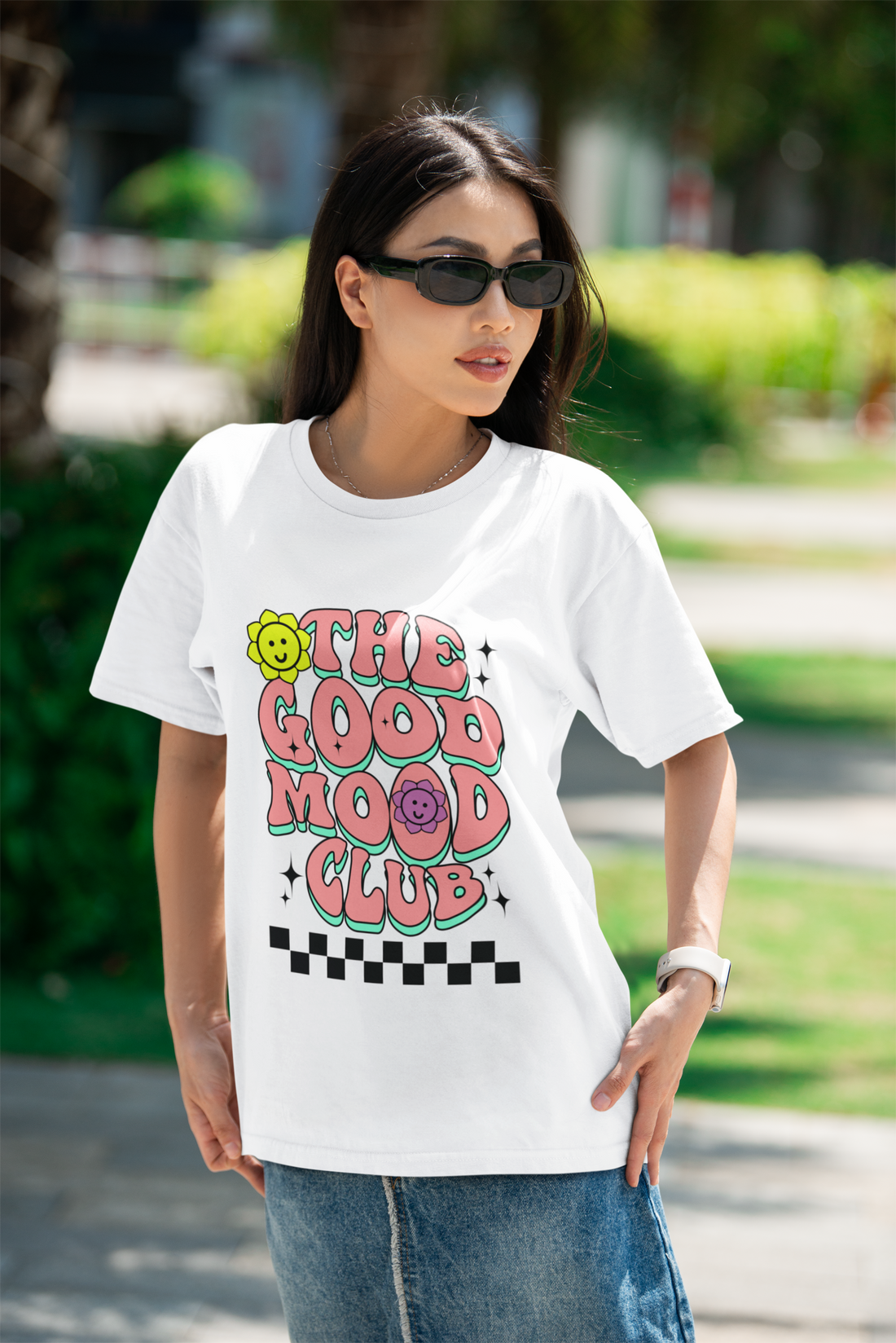
The History of T-Shirts: From Undergarment to Fashion Essential
Share
The humble t-shirt is a wardrobe staple today, but its journey from an undergarment to a global fashion icon is as fascinating as it is unexpected. What began as a simple piece of underwear has evolved into a canvas for self-expression, a statement of style, and a must-have item in closets around the world. Let’s take a look at the rich history of the t-shirt and how it became the fashion essential we know and love.
1. The Origins: Function Over Fashion
The story of the t-shirt begins in the late 19th century when it was created purely for practical purposes. Initially, the t-shirt wasn’t a stand-alone piece of clothing but part of the union suit—a one-piece undergarment commonly worn by workers and soldiers. It was designed to keep the body warm and provide an extra layer under clothing. By the early 1900s, laborers, including miners and dockworkers, started cutting the union suits in half, creating the basic short-sleeved, lightweight garment we recognize today.
2. Military Beginnings: From the Navy to Everyday Wear
It wasn’t until World War I that the t-shirt really started gaining recognition. American soldiers stationed in Europe noticed that European military personnel wore lightweight cotton shirts under their uniforms, which were far more comfortable than the wool uniforms worn by American troops. Upon returning to the United States, American soldiers brought this idea home, and soon the t-shirt was adopted by the U.S. Navy.
By 1913, the U.S. Navy officially included the t-shirt as part of its uniform, providing sailors with a breathable, easy-to-clean undergarment. Soldiers during World War II also wore t-shirts as undershirts, but it wasn’t long before these garments started to be worn casually on their own.
3. Hollywood's Influence: From Underwear to Outerwear
In the 1950s, t-shirts transitioned from undergarments to outerwear, thanks in large part to Hollywood and its influence on fashion trends. Two legendary actors—Marlon Brando in A Streetcar Named Desire (1951) and James Dean in Rebel Without a Cause (1955)—popularized the t-shirt as an outer garment, particularly for young men. Their iconic portrayals of rebellious characters who donned simple white tees made the t-shirt synonymous with coolness, rebellion, and youth culture.
Suddenly, the t-shirt was no longer just an undergarment—it was a symbol of individuality, confidence, and attitude.
4. The Rise of the Printed T-Shirt: A Canvas for Expression
The 1960s and 1970s saw the rise of the printed t-shirt, transforming it into a canvas for art, advertising, and self-expression. Advances in screen-printing technology allowed for designs, slogans, and images to be printed onto t-shirts easily, leading to an explosion of creativity.
- Political Statements: T-shirts became a tool for making political statements, particularly during movements such as civil rights, feminism, and anti-war protests. Wearing a slogan on a t-shirt was an easy way for individuals to express their beliefs and align themselves with a cause.
- Band Merch and Pop Culture: Concerts and music festivals in the 1970s also helped popularize graphic tees, with band merchandise becoming a big part of fan culture. Pop culture references, including movies and television shows, also found their way onto t-shirts, cementing their place in mainstream culture.
By the late 20th century, the t-shirt had transformed from a simple, functional item into a global fashion essential.
5. The 1980s and 1990s: The Designer T-Shirt Boom
In the 1980s and 1990s, t-shirts became a significant part of the fashion industry. High-end designers like Calvin Klein, Ralph Lauren, and Tommy Hilfiger embraced the t-shirt as part of their collections, showcasing it as a chic, minimalist piece that could be dressed up or down. The logo t-shirt trend emerged during this time, with brands prominently displaying their logos on tees to make a fashion statement.
At the same time, streetwear began gaining traction, further solidifying the t-shirt’s status as a fashion essential. Brands like Supreme, Stüssy, and Nike helped cement the t-shirt as a key part of street culture, linking it to skateboarding, hip-hop, and urban style.
6. The Modern Era: Sustainable, Customizable, and Everywhere
Today, the t-shirt is one of the most ubiquitous and versatile garments in the world. It comes in countless styles, fits, and fabrics—from crop tops and oversized tees to performance t-shirts for athletics and sustainable, eco-friendly materials for conscious consumers.
- Sustainability: As sustainability becomes a priority in the fashion world, many brands are shifting towards organic cotton, recycled materials, and ethical manufacturing practices in t-shirt production.
- Customization: With advancements in digital printing, individuals can easily design and print their own custom t-shirts, making it a popular medium for personal expression, team events, or branding.
The t-shirt has become more than just a wardrobe essential. It’s a reflection of culture, identity, and individuality, worn by people of all ages and backgrounds.
Why the T-Shirt Will Always Be in Style
The t-shirt’s enduring popularity can be attributed to its simplicity, versatility, and ability to adapt to changing fashion trends. Whether worn as a casual everyday item or dressed up for a more polished look, the t-shirt is here to stay. It’s not just a piece of fabric—it’s a symbol of style, comfort, and self-expression that transcends time and trends.
Conclusion: From Humble Beginnings to Global Fashion Icon
The t-shirt’s evolution from an undergarment to a global fashion icon is a testament to its versatility and universal appeal. It has transcended its functional origins to become a symbol of everything from rebellion and youth culture to pop culture and high fashion. Whether it’s a plain white tee or a bold graphic design, the t-shirt remains one of the most powerful and personal items of clothing in modern history.
SHOP FOR THIS FASHION ESSENTIAL : https://m-ash.in/
